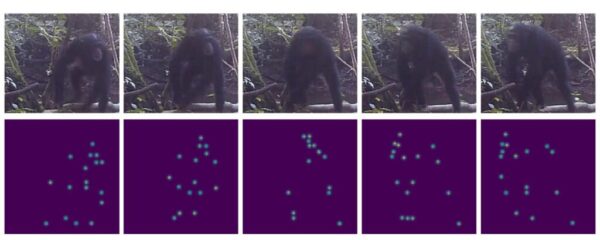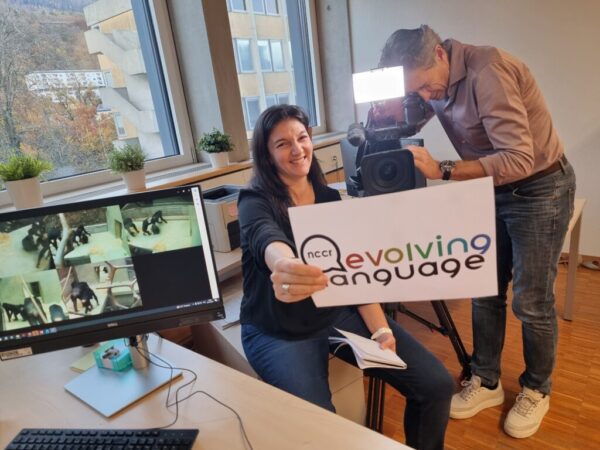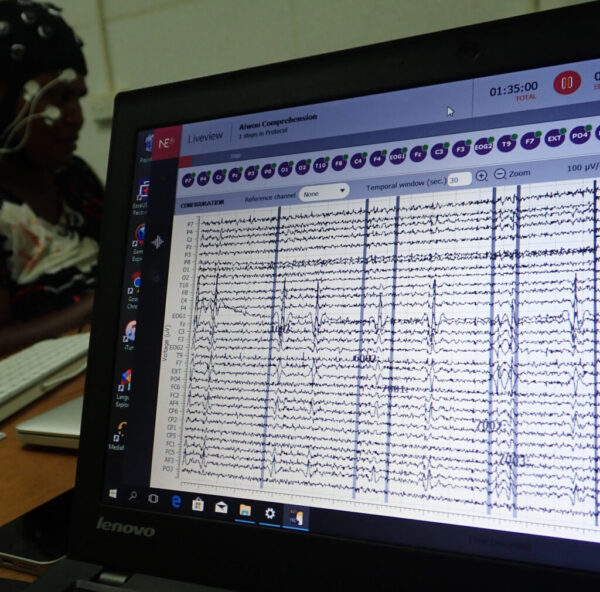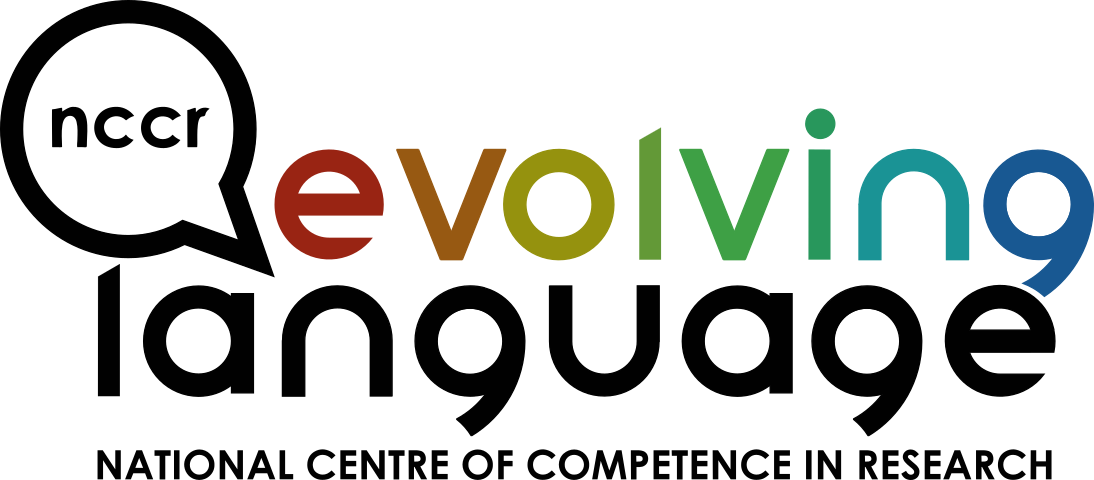The communication project “Behind the Lens” allows you to discover our researchers’ work and daily life through the camera’s lens or other capturing device. Explore their submissions!
From the 22nd of January, a new picture will be posted every Monday and Thursday! Stay tuned!
Recording and exchanging - John Mansfield's Behind the Lens

© John Mansfield
This is me with Madjarra Luke Parmbuk, in a professional sound recording studio in Melbourne. Madjarra came down to work with me at the University for two weeks, which was an interesting experience for him as he had not been to a large city before. This was also very cold for him compared to his home in the tropical north of Australia! A colleague arranged for us to use this studio so we could get some very high quality audio recordings of Madjarra’s first language, Murrinhpatha. While recording, we paused to discuss the meaning of various words.
The evolutionary origins of parking tickets - Klaus Zuberbühler's Behind the Lens

© Klaus Zuberbühler
The evolutionary origins of parking tickets. Klaus Zuberbühler’s research entangles the evolution of intelligence and the origins of language. He focuses on the mental mechanisms underlying non-human primate communication and behaviour both in the field and in the lab.
Will you help the grumpy grasshopper? - Moritz Daum and Stephanie Wermelinger's Behind the Lens

© Moritz Daum and Stephanie Wermelinger
Bilingual children are more aware of their interaction partner’s communicative needs than their monolingual peers, even if this means helping a grumpy grasshopper find a puzzle piece. Picture taken during one of our studies exploring how multilingual children navigate their complex communicative environment.
You can find more information about the work of Moritz and Stephanie in their paper!
Following the language development journey - Mandy Dickerman and Mai Bui's Behind the Lens

© Mai Bui
The photo was taken on a dazzling day at the fieldsite in Ky Son village, Hai Phong city of Vietnam. In the picture, our research assistant is carrying out their task of following the target child with specialized equipment to record their daily activities as naturally as possible. Our goal is to build a corpus of audio and visual recordings of a normal day in the lives of children in three-month cycles. This allows us to track the language development of children in a family environment through their interactions and communication with family members. Ultimately, it provides a comprehensive insight into how Vietnamese children learn their native language.
Colorful brain patterns - Chantal Oderbolz's Behind the Lens

© Chantal Oderbolz
This picture shows brain activity captured by the new MEG machine at Campus Biotech in Geneva. MEG can tell us something about when and where things happen in the brain. Here you can see the right hemispheres of participants as they were listening to French words and pseudowords with different pitch patterns. The strongest activity comes from the auditory cortex. The experiment I ran in Geneva was designed to better understand how pitch (an aspect of prosody – or the melody and rhythm of speech) is represented in the brain.
Translating animal behaviors - Emilie Genty's Behind the Lens

© Emilie Genty
On the top row, we can see a series of images, captured by a camera trap, of a chimpanzee walking through the forest. On the bottom row, the images show how our algorithm automatically translates the chimpanzees’ body walking movements into simple colored dots (called heatmaps) that track the chimpanzee’s skeletal structure actions and bodyparts (such as joints, eyes, ears,…) positions. This method provides a clear and simplified visualization of the behavior for further machine learning analysis (for automatic behaviour detection from videos), and drastically reduces the computational complexity and overall power consumption.
Communication and communication - Michael Fuchs's Behind the Lens

© Michael Fuchs
On one side (left), a range of cameras continuously capture the social interactions of chimpanzees, to reveal the unspoken language of our closest relatives. On the other side (right), the national TV’s lens focuses on the people behind the scenes, spotlighting the human endeavor that makes this around-the-clock observation possible. In the center, the NCCR logo symbolizes the quest to decode communication’s evolution – filling the gap between humans, animals and technology.
Linguistic structures and brain processes - Sebastian Sauppe's Behind the Lens

© Sebastian Sauppe
A native speaker of Äiwoo (an Austronesian language spoken in Solomon Islands in the Southern Pacific) participates in an EEG experiment on language comprehension. The language has the extremely rare characteristic to mention patients (objects, „undergoers“ of actions) first in sentences. A team of researchers around Sebastian Sauppe travelled to Solomon Islands to conduct this as the first neuroscience study on any language from the Austronesian family, the largest language family in the world. They found that there is a tendency to expect the first word in a sentence to be an agent (a „doer“ of an event) that applies to all languages — even to Äiwoo, where the usual order of words goes against this tendency, but only when the first word refers to a human. Studying the neural processes during the comprehension of Äiwoo sentences allowed Sauppe and colleagues to illuminate how linguistic structures and brain processes interact during the evolution of languages.
You can find more information about the work of Sebastian in his paper!
